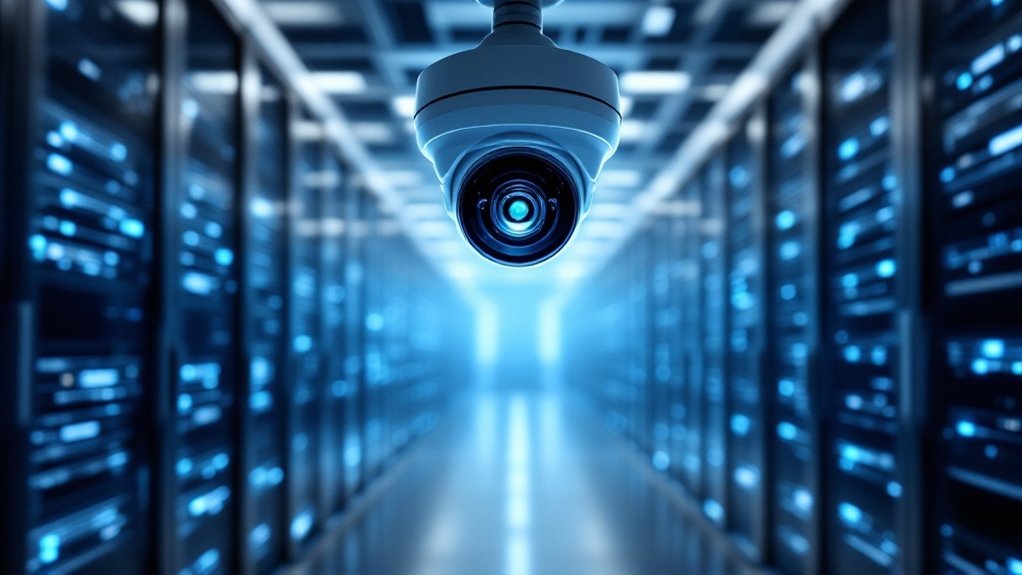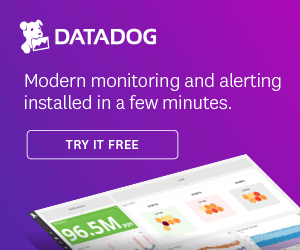Surveillance is a critical component of data center security. It encompasses various technologies designed to monitor and protect sensitive environments. The evolving threat landscape requires advanced systems that can detect breaches in real time. Integrating these surveillance measures enhances security protocols, but their effective implementation presents challenges. Understanding how these systems function and the best practices for their use can shape the future of data center protection. So, what are the key elements that define effective surveillance within this framework?
Understanding the Threat Landscape for Data Centers
As data centers increasingly become critical components of modern infrastructure, understanding the threat landscape surrounding them is essential for ensuring their security. The nature of these threats varies widely and includes both physical and cyber risks. Physical threats encompass unauthorized access, vandalism, and natural disasters such as floods or fires, which can compromise data integrity and operational continuity. Cyber threats, on the other hand, feature sophisticated attacks such as Distributed Denial of Service (DDoS), malware infiltration, and data breaches, often executed by skilled hackers. Additionally, insider threats, including employee negligence or malicious intent, further compound vulnerabilities. To mitigate these risks effectively, an in-depth analysis of potential threats and vulnerabilities is vital, enabling data centers to implement tailored security measures and maintain their resilience against diverse threats. This analysis can be enhanced through participation in webinars covering best network management practices.
Essential Surveillance Technologies for Enhanced Security
Surveillance technologies play a crucial role in enhancing the security of data centers. Advanced video surveillance systems, including high-definition cameras and thermal imaging, provide real-time monitoring and can detect unauthorized access or unusual activities. Access control systems, integrated with biometric recognition and RFID technologies, guarantee that only authorized personnel can enter sensitive areas. Additionally, motion detection sensors and alarm systems complement these measures by alerting security teams of any breaches immediately. Video analytics software enhances these systems further by analyzing footage for specific behaviors or patterns, enabling proactive responses to potential threats. Utilizing a combination of these technologies establishes a robust security framework, allowing data centers to mitigate risks and safeguard critical infrastructure from various security threats. Moreover, the culture of inclusion within data centers fosters an environment where security personnel are continuously trained to adapt to evolving threats.
Benefits of Integrated Surveillance Systems
Integrated surveillance systems offer multiple advantages that enhance the overall security posture of data centers. These systems enable real-time monitoring, allowing security personnel to respond immediately to any suspicious activity. Furthermore, the integration of various surveillance technologies, such as video cameras, motion detectors, and access control systems, facilitates thorough coverage and reduces blind spots. Additionally, centralized management of surveillance data streamlines incident reporting and analysis, improving overall response times. The use of advanced analytics can also provide predictive insights, helping to thwart potential security threats before they escalate. This holistic approach not only enhances situational awareness but also fosters a sense of security among employees and clients, ultimately contributing to a more secure and efficient data center environment. Moreover, perseverance in overcoming challenges ensures that data center managers remain focused on developing effective surveillance strategies.
Best Practices for Implementing Surveillance in Data Centers
While guaranteeing ideal security in data centers, it is essential to adopt best practices for implementing surveillance systems. First, conducting a thorough risk assessment helps identify critical areas requiring monitoring. Next, integrating high-definition cameras with night vision capabilities guarantees exhaustive coverage day and night. Establishing a centralized control room can facilitate real-time monitoring and incident response. Additionally, employing motion detection technology optimizes surveillance efficiency by highlighting unusual activity. Regular system maintenance and updates are pivotal for sustained performance and security. Moreover, data storage protocols must be established to secure recorded footage while guaranteeing compliance with privacy regulations. Finally, training staff on surveillance system operation enhances preparedness for potential security threats, reinforcing the overall security framework of the data center. To further enhance security, data center sales reps must understand the overview of what a data center does for clients, as this knowledge helps in communicating effectively about the importance of robust surveillance systems.
Future Trends in Surveillance for Data Center Protection
The future of surveillance in data center protection is poised to undergo significant transformation driven by advancements in technology and evolving security threats. Emerging technologies such as artificial intelligence (AI) and machine learning will enhance surveillance systems by enabling real-time threat detection and automated response mechanisms. Additionally, the integration of Internet of Things (IoT) devices will facilitate thorough environmental monitoring, ensuring ideal conditions while enhancing physical security. Cloud-based surveillance solutions are expected to expand, allowing remote access and streamlined data management. Moreover, privacy regulations will necessitate the implementation of robust encryption and data handling practices in surveillance systems. As threats become more sophisticated, data centers must adopt these innovative surveillance trends to maintain security and protect sensitive information effectively. Furthermore, the decreasing cost of AI technologies makes it increasingly feasible for data centers to implement advanced security measures.
Frequently Asked Questions
How Do Surveillance Systems Comply With Privacy Laws?
Surveillance systems must adhere to privacy laws by implementing measures such as data minimization, secure storage, and access controls. Transparency about data collection and usage is vital for compliance and protecting the rights of individuals.
What Are the Costs Associated With Implementing Surveillance?
Implementing surveillance systems involves various costs, including equipment acquisition, installation, maintenance, and monitoring services. Additionally, organizations must consider compliance expenses related to privacy regulations and employee training, which collectively influence the overall financial investment.
Can Surveillance Systems Deter Internal Threats Effectively?
Surveillance systems can effectively deter internal threats by increasing accountability among employees. Their presence fosters a culture of vigilance, discouraging malicious behaviors and ensuring adherence to protocols, ultimately enhancing overall security within organizational environments.
How Is Footage Stored and Accessed Securely?
Footage storage and access security involve encryption techniques, strict access control protocols, and regular audits. Data retention policies guarantee compliance, while secure servers and off-site backups protect against unauthorized access and data breaches.
What Is the Response Protocol During a Security Breach?
During a security breach, the immediate response protocol involves alerting security personnel, evaluating the situation, initiating lockdown procedures, documenting the event, and informing law enforcement if necessary, ensuring a thorough investigation and safeguarding sensitive information.
Conclusion
In summary, effective surveillance is paramount for guaranteeing the security of data centers against evolving threats. By utilizing advanced technologies and integrated systems, organizations can achieve real-time monitoring and rapid incident response, which substantially enhances overall safety. Adhering to best practices guarantees that surveillance measures remain efficient and reliable over time. As surveillance technology continues to evolve, data centers must adapt to emerging trends to maintain robust protection and safeguard critical data assets.






